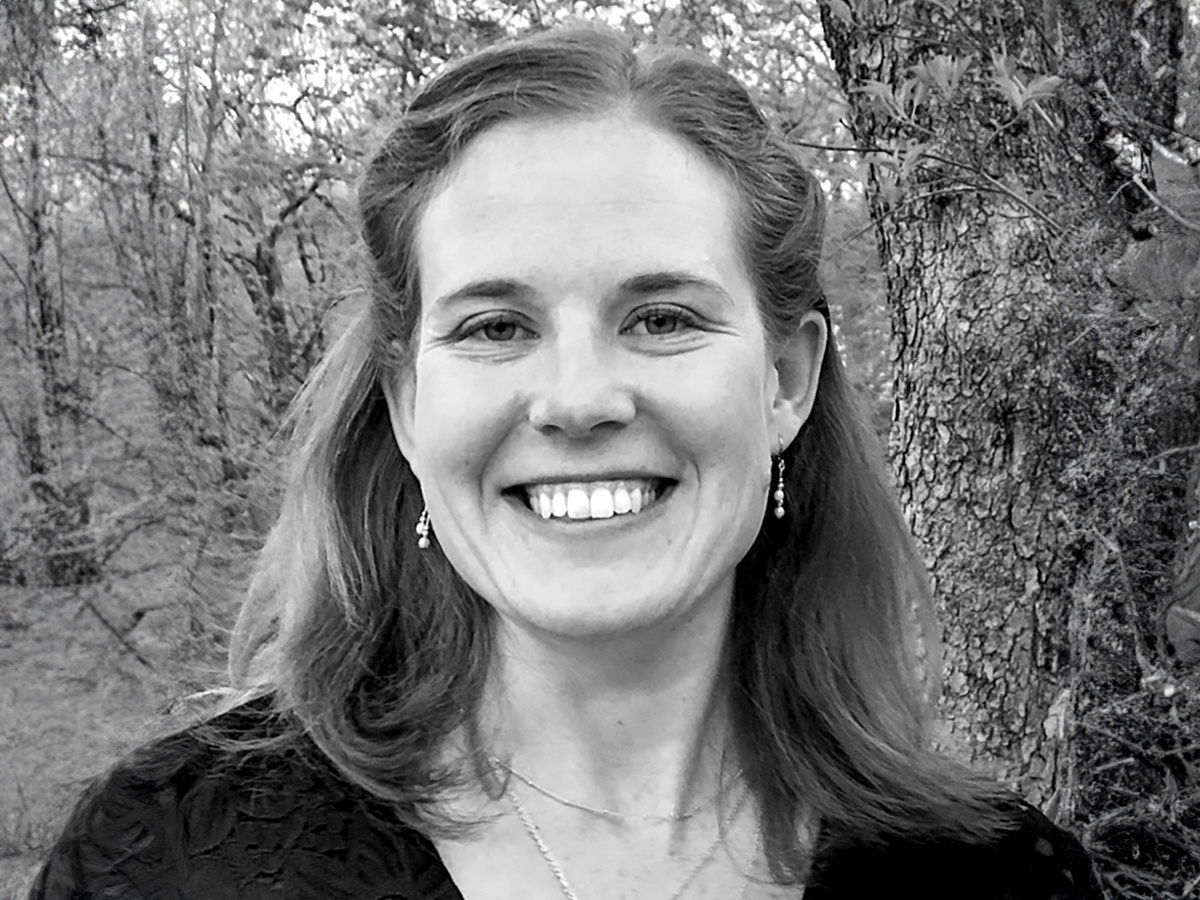Exploring Boston’s Historical Landmarks

Over the past few months, our Sankofa journey group has focused on exploring Boston’s historical landmarks tied to the legacy of slavery and the Black freedom movement, and the role that churches have played in contributing to or resisting slavery. As part of this Sankofa journey, we have visited several significant sites: the Embrace Memorial (September 20), the Old South Meeting House (October 11), the Legacy of Slavery Tour at Harvard University (November 10), and the Shirley Eustis House in Roxbury (December 13). The Tour at Harvard was a public tour where 35 church and community leaders were able to join us as well. These visits have been accompanied by a shared meal and reflections recorded in a group learning log to process and deepen our understanding of all that we are experiencing. One of our group members has been inspired to do creative writing and storytelling based on the sites that we have seen and the people we have heard about.
In the next two months, we plan to visit a site in Newton and also capture a few stories of Black Christian leaders to document their stories and the role of faith in the work towards racial healing and justice. We are also planning an overnight retreat in March, which will incorporate a van tour focused on the Hidden History of Black Boston. This retreat will also provide space for intentional personal and communal reflection, to deepen our relationships as we discern next steps.
Initially, we envisioned this group creating a Sankofa learning pathway that would compile existing resources on the legacy of slavery in Boston, but we’ve realized the importance of first immersing ourselves in this history, as you can’t take someone else on a journey that you haven’t been on yourself. For us, it feels like this Sankofa journey has just begun and we now need time to reflect on the journey, process what we have learned, and how we might invite others to take a similar journey. There are a lot of resources out there, and we sense an incredible hunger and desire for racial healing and shalom in our city.
